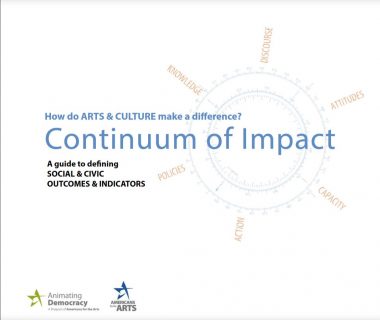There are five main ways to collect data:
- Analysing existing information (eg board-member demographics, remuneration rates)
- Collecting written information (eg audience or staff surveys)
- Talking to people (eg foyer interviews, exit interviews)
- Observing data (eg interactions with an artwork, ‘reading the dance floor’)
- Facilitating creative responses (eg storytelling circles, reaction walls)
While quantitative data provides easily measurable indicators, survey questions are limited by the mindset of the person who wrote the questions. Depending on your evaluation goals, eliciting creative responses can give unexpected insight and expose the limitations of existing structures.
How do I do it?
Look for creative methods to encourage responses to your program that you could not have predicted. Be open to noticing trends, perspectives and patterns that might have slipped under your radar in the past and may open ways to deepen and enrich your programming.
Remember that to evaluate whether you have made progress towards your equity and inclusion goals, your data must be measurable. However, qualitative data can be coded to provided measures.



